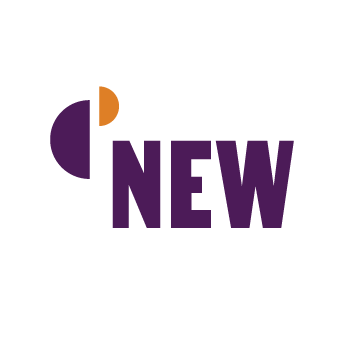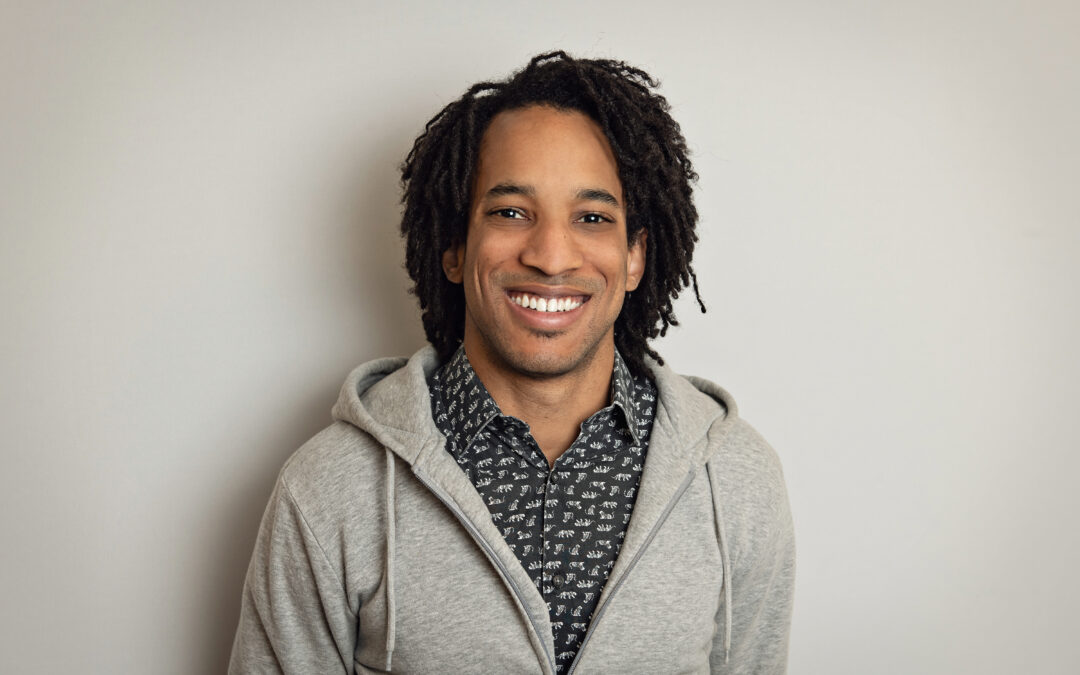Over Thanksgiving, my wife and I spent time with her grandparents – both of whom are in their 90s! They are truly a blessing, and you know I’m not lying because I drove the twelve (12) hours up to rural Minnesota – IN NOVEMBER – to visit them. Being lifelong Minnesotans born in a pre-tv era, they’ve found plenty of ways to keep themselves busy in the long, cold winters. They craft – Grandpa does cross-stitch and Grandma used to bake like nobody’s business. They play cards – Bridge is the family favorite, with Double Solitaire a close second. And they puzzle. Luckily for me, I can get down with all these activities and even have a talent for some.
So when we walked into the cozy Loomis home on Wednesday morning, I was immediately put to work at the “puzzle table”. The “puzzle table” is a card table that takes up permanent residence in the living room every winter, serving as the base for a revolving stack of puzzles. When one puzzle’s complete, it’s temporarily admired before being broken down and returned to its box. Then another puzzle is brought out – often just hours after the last was completed – and the work begins again.
As you can imagine, their puzzle collection is massive. It literally spans decades – some of the oldest I’ve seen date back to the 1950s. They’re a record of intergenerational connection, a time capsule. When working on one, I can imagine aunts and uncles as children, touching those same pieces, while their parents (our grandparents) worked beside them.
Despite having so many puzzles, they don’t become overwhelmed, because the family shares them. When they run out of space or finish one, they’re happy to let family, friends and neighbors borrow a puzzle or two (or three). There’s this quiet, inter-state network of puzzle exchanges happening. It’s beautiful to be a part of. And it makes me think of how we can all do better at sharing resources. But that’s a different blog post.

Between arriving on Wednesday morning and leaving on Saturday afternoon, I helped complete three (3) five hundred (500) piece puzzles. This was between the meals, the outings, the walks, the desserts, the party games, and of course, Bridge. When I wasn’t doing one of those other things, I was at the puzzle table. At first, I was mostly at the table by myself. But as the week progressed, more folks dropped in and out to help complete each picture. And in working with so many different folks, I started to pay attention to our different approaches.
How do you tackle a puzzle?
At the top of this post that I shared that I enjoy puzzling, but I think you’re now starting to understand to what degree. I’m definitely a puzzler. I puzzle. Like my in-laws, I, too, have a puzzle table. And it stays up year-round.
Since I puzzle so often, I definitely have an approach. When I puzzle with others, though, I have to abandon my typical way and move differently. I have to make space for other hands, and move around the table for different perspectives. Puzzling with others can feel strange. I’m pushed out of my comfort zone, which can feel bewildering when doing something with which I’m so comfortable and familiar.

Being in that space of discomfort, though, reminded me of two (2) things.
First, there is only one way to complete a puzzle: one piece at a time. Yet, there are many ways to approach a puzzle. You can start from the edges in, choose a focal point to build around, work on several areas at once, etc. With enough time, they’ll all get you to a complete puzzle. But what happens along the way, in the process, matters. Yes, if I had worked how I do when I’m alone, I would have completed each puzzle. But I would not have left any room for cousins, parents, aunts, uncles, and even Grandma to help. Since I wanted others to be part of the process and the product, I needed to move differently. I needed to get outside my comfort zone.
Second, anything worth doing is worth doing together. Puzzling by myself is a good time, but puzzling with the family was even better. Words cannot describe the light in Grandma’s eyes and the brightness of her smile as she placed the final piece into each tableau. I got to be a part of that.

These are lessons I’ll keep at the front of my mind as we move into another year at NEW. We’re trying to assemble a giant puzzle, The NEW Center Transformation. As our Director of Communications & Contributions, I’m trying to lead our team forward with an approach. How do you tackle a fifteen million (15,000,000) piece puzzle?
Since we’ve never taken on a puzzle of this size, we’re trying a new approach. We’re trying an approach that makes space at the table for every person in our community. We’re trying an approach that lets you place a piece that is both meaningful to the larger picture and honors what you can hold. We’re trying something uncomfortable and unfamiliar, because how we complete this project matters. How you tackle a puzzle makes a difference.
If you’d like to place a piece in the NEW puzzle, your gift of one thousand dollars ($1,000) or less this November is greatly appreciated. We need to raise twelve thousand forty-one dollars ($12,041) this month to stay on target to our goal. To do that, we’re trying an approach that allows every person in our community to feel ownership of this project. Specifically, we’re seeking:
- Three hundred one (301) ten dollar ($10) gifts
- Thirty (30) one hundred dollar ($100) gifts
- Six (6) five hundred dollar ($500) gifts
- Three (3) one thousand dollar ($1,000) gifts
If you’re willing to contribute, you can make a donation through our GiveLively page today.
I hope you had a great Thanksgiving with loved ones last week. For me, it was a time to slow down, listen to stories from my wife’s grandparents, and enjoy some time outdoors in surprisingly good weather. It reminded me of all the things I have to be grateful for, including the simple pleasure of spending quality time in space with people I care about. And of course, puzzles.
Thanks for your help completing the big puzzle ahead of us.
Will Jones III


